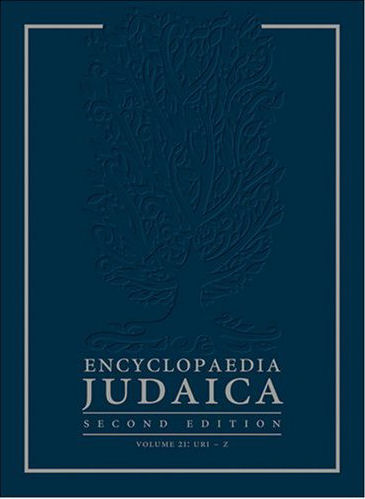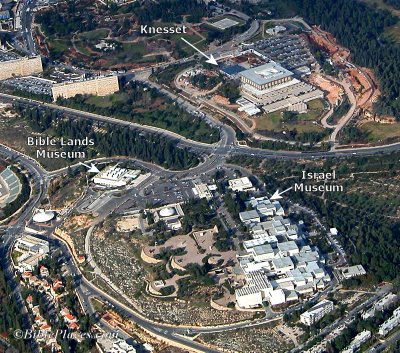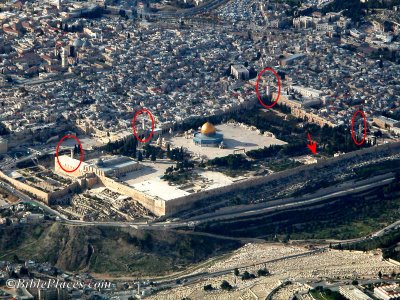Unless you’re in the Israeli military, the best maps of the country are those produced by the Survey of Israel in the 1:50,000 series. The 20 maps cover the land from Dan to Eilat and cost about $20 each. The maps are very detailed and include all the dirt roads and hiking trails, making it ideal for 4x4ers and backpackers. They are in Hebrew only, but if you can read the Hebrew alphabet, the maps are useful. I love ’em and use them all the time. No GPS needed!
A couple other maps worthy of mention from the same website:
Israel-Jordan (1;400,000) – believe it or not, this is the best map of Jordan available anywhere. In English.
South Sinai (1:250,000) – another Israeli map that is better than anything produced by the country itself. In English.
Road Atlas – the easiest one for use when driving around in a car. Not as detailed as the 1:50,000, but if you’re staying on paved roads, this will suffice. It’s a spiral-bound book, similar to the Thomas Guides or Rand McNally atlases. In English.
Two other resources worth noting:
Survey of Western Palestine – maps from the 1870s, at a scale of 1:63,000. Considered the best source for knowledge of the country before the modern population explosion. Available as part of an 11-volume set for $4,000 here, or in electronic format from us for $35.
Maps of British Mandatory Palestine – maps from the 1940s, showing the current status of Arab and Jewish settlements. We’re not sure if these are available for sale anywhere, but BiblePlaces.com is working on publishing an electronic version of them. If you’re impatient, contact us directly.
If you’re looking more for maps to use in teaching contexts, see our review of “Electronic Maps for Bible Teaching, Part 1.” Part 2 has not yet been completed.



